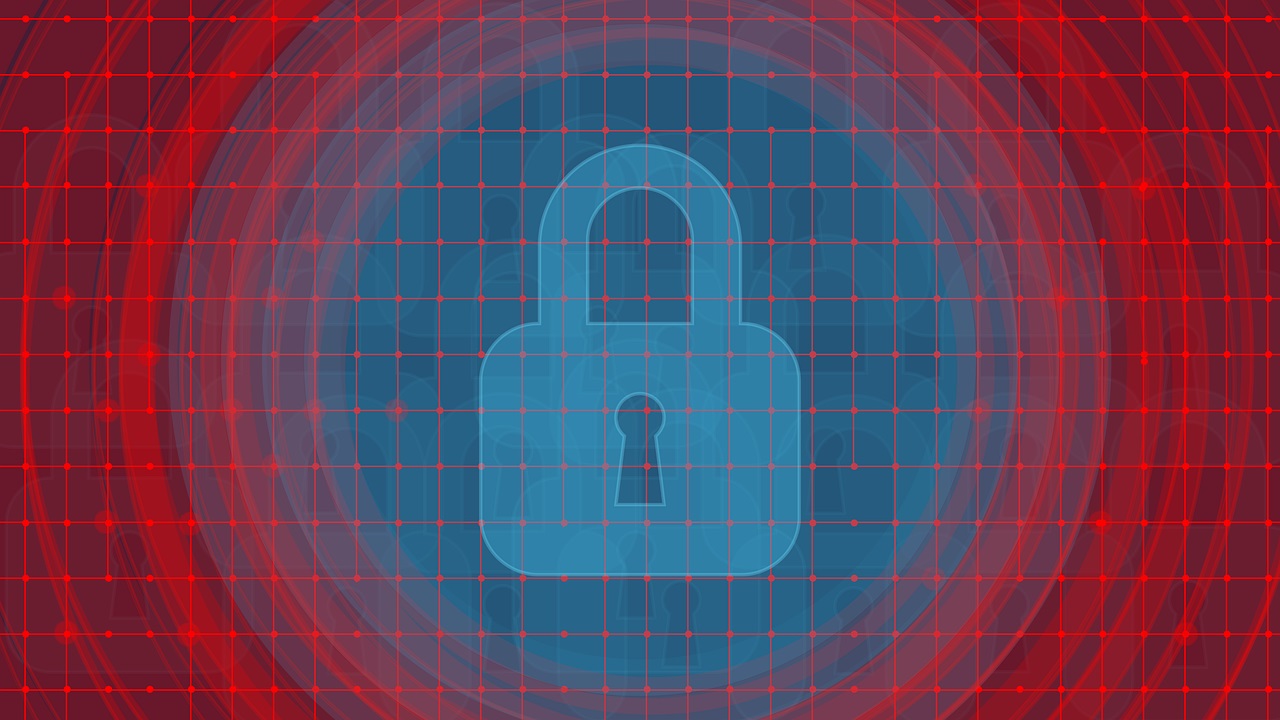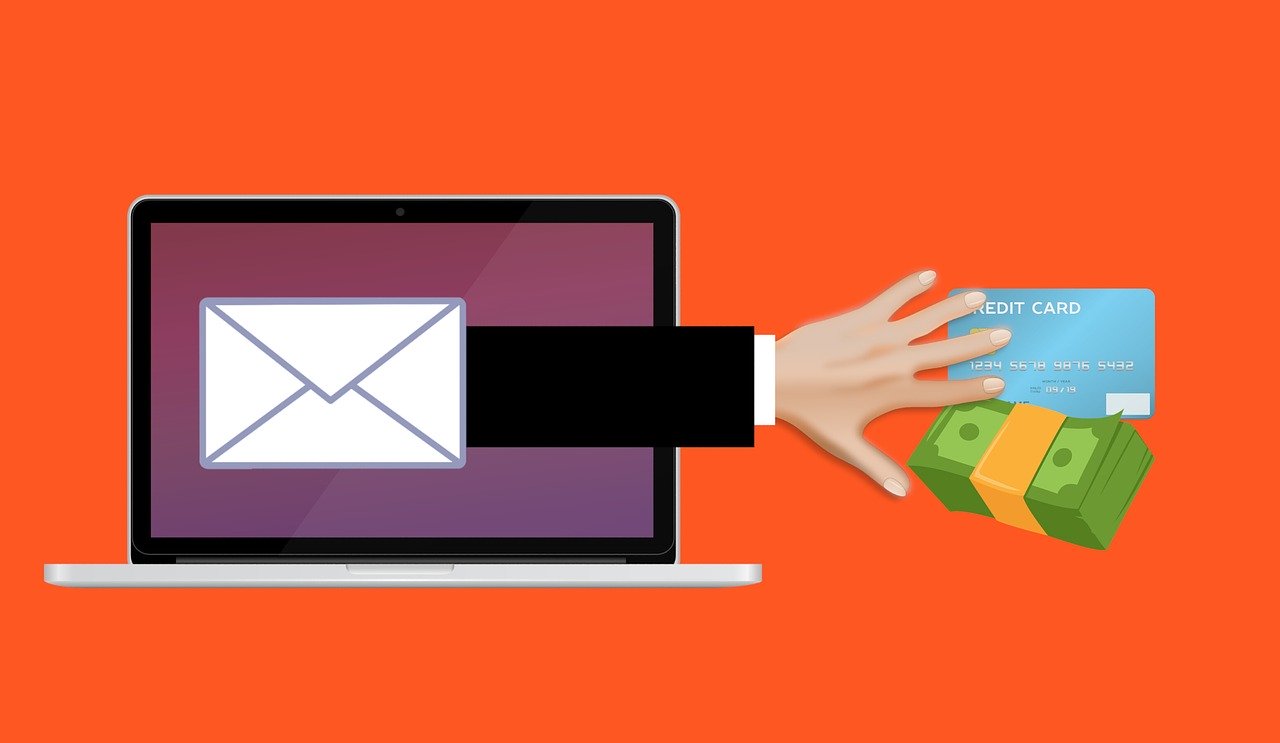Introduction
Data breaches are no longer rare, high‑profile incidents — they’re a daily threat to corporations, small businesses, and even individuals. High‑value targets like Fortune 500 companies, hospitals, financial institutions, and crypto exchanges are attacked constantly, but even governments aren’t immune.
One need only look at recent events: WikiLeaks revealed thousands of classified CIA records, SolarWinds exposed U.S. government networks, and in 2023–24, MOVEit and Microsoft Exchange vulnerabilities compromised millions of users worldwide. The lesson? No organization is too small or too powerful to escape cyberattacks.
Cybercriminals today are more organized, better funded, and more technically sophisticated than ever. They don’t just steal data — they publish it online, extort ransom payments, or resell credentials on the dark web. Understanding how breaches happen is the first step to protecting against them.
What Is a Data Breach?
A data breach occurs when an unauthorized party gains access to sensitive information stored in a computer system, network, or database. This information could include financial records, personal identifiers, health data, or intellectual property.
While data breaches may feel like they’ve skyrocketed, part of the increase comes from stricter disclosure laws. Many countries now require organizations to report breaches publicly, making incidents that once stayed hidden part of the official record.
Why Do Data Breaches Happen?
Cybercriminals steal data for one reason: value.
- Financial data (credit cards, banking credentials) can be resold or used directly for fraud.
- Personal information (emails, passwords, Social Security numbers) fuels identity theft and account takeovers.
- Corporate secrets (trade data, R&D, customer records) can be extorted or sold to competitors.
- Many hackers even breach systems “for fun” or to demonstrate their technical skills.
For individuals, even a personal laptop breach could lead to identity theft, unauthorized purchases, or account hijacking.

Common Methods Hackers Use
Cybercriminals steal data for one reason: value.
- Financial data (credit cards, banking credentials) can be resold or used directly for fraud.
- Personal information (emails, passwords, Social Security numbers) fuels identity theft and account takeovers.
- Corporate secrets (trade data, R&D, customer records) can be extorted or sold to competitors.
- Many hackers even breach systems “for fun” or to demonstrate their technical skills.
For individuals, even a personal laptop breach could lead to identity theft, unauthorized purchases, or account hijacking.
1. Exploiting Software Vulnerabilities
Also known as exploits, these occur when attackers discover weaknesses in an operating system, application, or device before developers patch them. Hackers often race against security researchers to find and weaponize flaws.
2. SQL Injection
Hackers insert malicious code into poorly secured web forms or databases. Instead of processing a normal search query, the system is tricked into exposing customer data such as credit card numbers, usernames, and passwords.

3. Phishing Attacks
Phishing uses social engineering to trick users into revealing credentials. Spoofed emails, fake login portals, and urgent messages (“reset your password immediately!”) remain the most common entry point for private and corporate data breaches. AI‑generated phishing in 2025 has become so convincing that even trained employees are fooled.

4. Credential Stuffing & Weak Passwords
With billions of leaked credentials circulating on the dark web, attackers use automated tools to test username/password combinations. If employees reuse weak passwords, systems are easily compromised.
5. Ransomware & Double Extortion
Ransomware doesn’t just lock systems anymore — attackers also exfiltrate data and threaten to leak it publicly if the ransom isn’t paid, amplifying the damage.
Notable Data Breaches
The biggest breaches in history show the devastating scale:
- Yahoo (2013): 3 billion accounts compromised.
- Equifax (2017): 147 million U.S. consumers’ personal data exposed.
- Facebook (2019): 540 million user records publicly accessible.
- MOVEit (2023): 60 million+ individuals impacted globally in a single supply chain attack.
Even niche industries are targeted. Ashley Madison (2015) exposed 300GB of personal data from a dating platform. Healthcare breaches — like the American Medical Collection Agency breach affecting 20M patients — are especially severe because medical records can’t be “reset” like a password.
Why Are Data Breaches Still So Common?
Despite high‑profile attacks, many businesses remain unprepared:
- Underfunded cybersecurity budgets leave gaps in defense.
- Unpatched software exposes known vulnerabilities.
- Insider threats (malicious or careless employees) create entry points.
- Supply chain compromises (like SolarWinds and MOVEit) show how one weak vendor can compromise thousands of organizations.
In 2025, AI‑driven cyberattacks and automated exploitation tools have made it easier for criminals to target even small businesses.
How to Protect Against Data Breaches
While no system is 100% immune, companies and individuals can dramatically reduce their risk:
- Regularly patch and update software.
- Use multi‑factor authentication (MFA) to block credential theft.
- Train employees to spot phishing and social engineering attempts.
- Encrypt sensitive data and back up systems securely.
- Conduct regular security audits and penetration testing.
- For high‑risk industries, invest in Zero Trust architecture and 24/7 monitoring.
Final Thoughts
Data breaches are no longer a question of if but when. From multinational corporations to crypto wallet owners, everyone is a target. But organizations that prioritize cybersecurity — through employee training, modern defenses, and proactive monitoring — stand the best chance of stopping attacks before they spiral out of control.
If your business handles sensitive customer data, don’t wait until after a breach to act. Consult a cybersecurity expert to build a defense plan tailored to your risks.




